Last Updated September 9, 2022
TireHungry.com is reader-supported. When you buy through links on our site, we may earn an affiliate commission at no added cost to you
As a website all about tires, rims are pretty important to us. Not only will a nice new set of rims make your vehicle look awesome or beautiful, but they also affect how your vehicle handles and feels on the road. Or maybe you got some new tires you want to slap on your rims, how much would all this cost?
Typically, a rim installation will cost you around $10 – $20 per wheel which means it will cost you between $40 and $80 in total. If you are getting a brand-new set of rims, however, you could be spending as much as $150 on the cheap and over $1,000 if you want something custom.
What Should I Look for When I Get New Rims Installed?First of all, you have to make sure you are picking the correct rims for your ride. A lot of people want to go with bigger rims because they look good, but this can cause issues. You are going to want to pick a rim with the same dimensions, but what are these dimensions?
If you do not want to make any additional modifications to your vehicle you should stick with the same overall diameter. If you use a different overall diameter you will need to change your aspect ratio or else you run the risk of damaging your transmission.
If you are getting new tires with your new rims, as is mostly the case, you could get lower-profile tires so that the overall diameter is maintained. Low-profile tires come with their own problems though, namely a higher level of vibration due to uneven road surfaces.
Low-profile tires are also going to cost more, in both upfront costs and maintenance. The best thing to do is to just keep the same, recommended wheel diameter.
WidthIt is important to remember that with all these dimensions have been calculated by the vehicle manufacturers to provide you with the best performance your vehicle can deliver.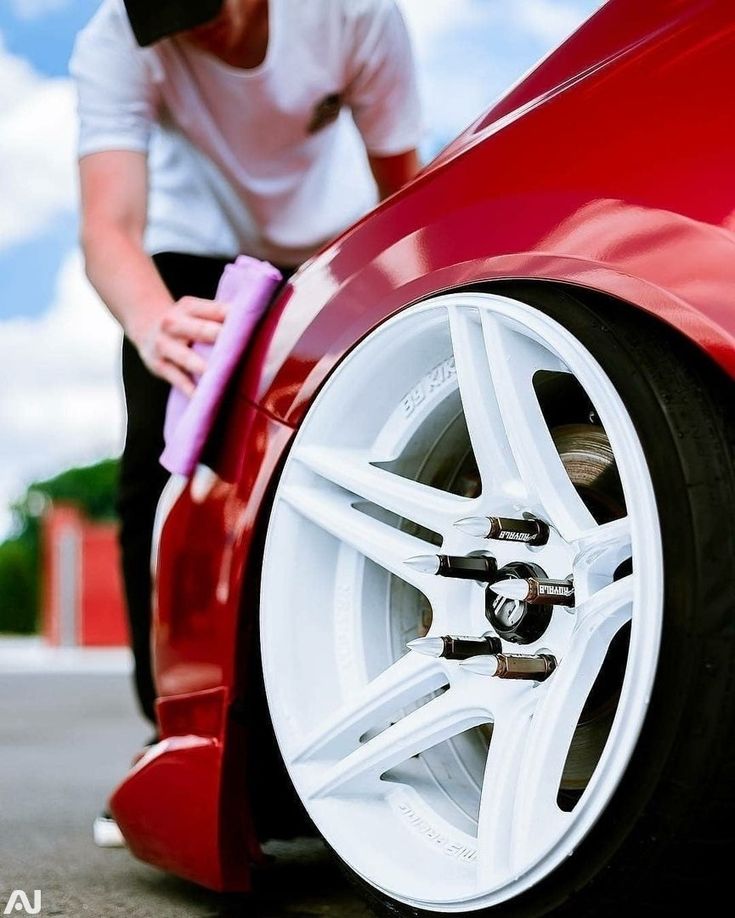 Some people want wider wheels for looks, but there are some serious issues with wider tires.
Some people want wider wheels for looks, but there are some serious issues with wider tires.
Firstly, the weight of your vehicle is distributed over a larger area. This sounds good, but in fact, it increases the risk of hydroplaning because there is less pressure per square inch between the tire and the road.
Secondly, because the wheel comes out further from the wheel bearing, the angle is changed. The change in angle will do damage to the wheel bearing over time, which will not only cost you more but can also cause a dangerous situation.
OffsetOffset is the term used to describe the location of the mounting surface in relation to the centerline of the wheel. Offset is important because it will also mess with your bearings and if you have an overly negative offset the wheel could start touching the chassis or other parts of the vehicle, especially the steering wheels.
BackspacingBackspacing and offset are similar to one another, however; backspacing takes wheel width into account as well.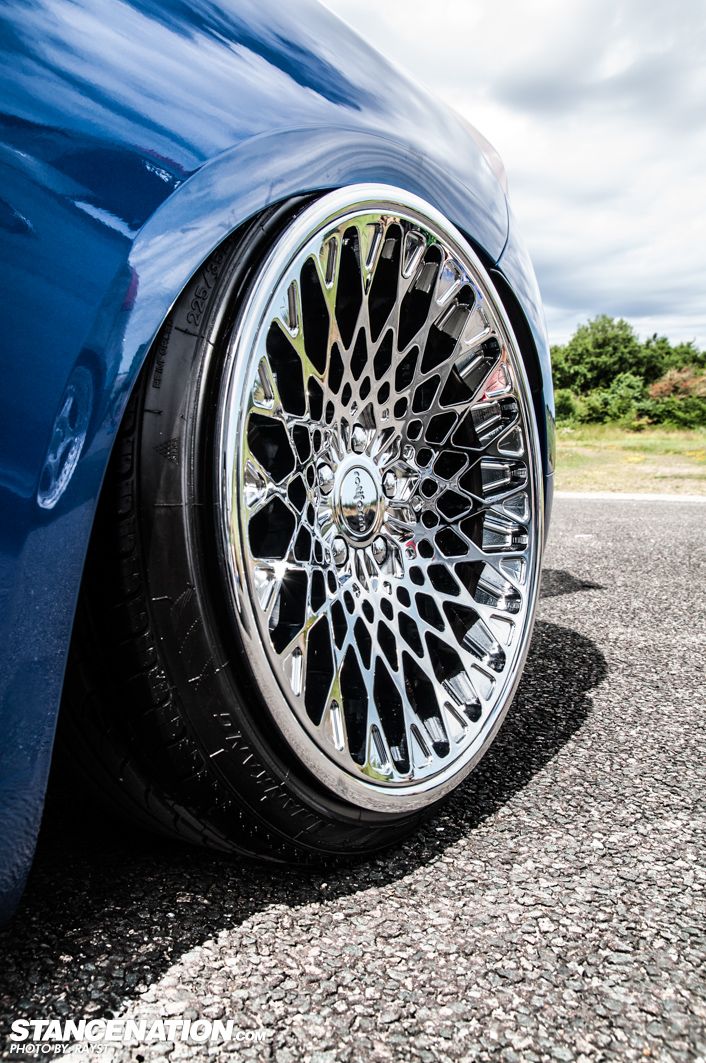 It is measured from the inside lip of the wheel to the mounting surface. Backspacing is important to keep the correct amount of clearance between the inside sidewall and the rest of the vehicle, similar to negative offset.
It is measured from the inside lip of the wheel to the mounting surface. Backspacing is important to keep the correct amount of clearance between the inside sidewall and the rest of the vehicle, similar to negative offset.
The bolt pattern is more than just counting the number of bolts for your wheel. You also need to know what the spacing is. Bolt pattern is determined by two numbers, “5-on-5” for example. The first number is the number of bolts or lugs, the second number is the diameter in inches of the bolt circle.
The bolt circle is the circle you can make by connecting the bolts. Alternatively, you could measure from the center of one bolt to the center of the wheel hub to find the radius. Then just multiply the radius by two to find the diameter.
Load RatingThe load rating is straightforward, it is the amount of weight the wheel can carry. The more bolts there are and the bigger the bolt circle is, the more load a wheel can take.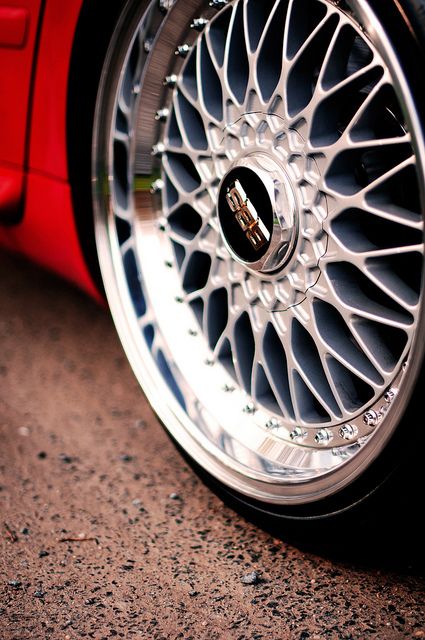
This is why some larger offroad vehicles will have many bolts in a large circle compared to a small city compact. Furthermore, the type of material the rim is made of will also impact the load rating.
Center BoreCenter bore is a critical element when you are using hub-centric wheels, and for fitting over full-floating axles, and locking hubs.
Bead SeatBead seat is likely only going to matter to you if you like off-roading with extremely low tire pressures. The bead seat keeps the tire on the wheel, the higher and wider the bead seat, the lower you can go, pressure-wise.
Some serious off-roaders use beadlocking wheels. This adds a mechanical clamping bead that holds the tire on the rim. Allowing the tire to stay on the wheel even if the pressure reaches zero. If off-roading interests you, Goodyear offers some of the best off-road tires.
What Are the Cost Factors When Looking for New Rims?As long as you stick to the recommended dimensions for your vehicle the main cost factors are going to be brand and material. Additionally, you probably want to get some new tires with your new rims, in which case, tires will also affect the overall cost. As far as tires and costs go, remember you get what you pay for, so try to avoid the super cheap tires.
Additionally, you probably want to get some new tires with your new rims, in which case, tires will also affect the overall cost. As far as tires and costs go, remember you get what you pay for, so try to avoid the super cheap tires.
As I mentioned, depending on the type of material the rims are made of will determine the cost of the rim. The cheapest set of rims can go for as little as $90 up to and above $1,000. Below is a list of cheaper rims of different materials.
America’s Tire often has good rims at affordable prices, just make sure all your dimensions are accurate.
ConclusionSimply fitting your tires to rims is quite cheap; $10-$20, I got mine fitted for 13 bucks.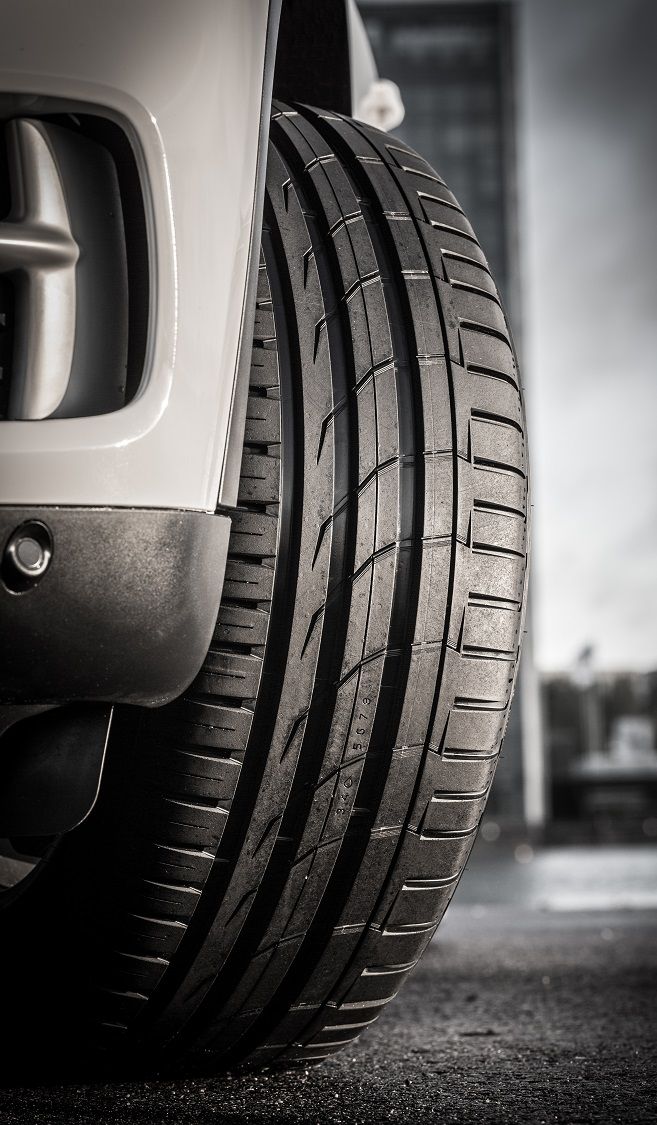 Where cost becomes a real factor is if you buy a new set of rim or tires. Furthermore, it is important that you fit the right size equipment on your vehicle.
Where cost becomes a real factor is if you buy a new set of rim or tires. Furthermore, it is important that you fit the right size equipment on your vehicle.
Top Tire Retailers
Please share!
0 shares
Whether you’re looking to upgrade your rims out of necessity or style, you’re probably reading this article to find out how much money you’ll have to set aside. I have been an insurance adjuster for over 20 years, and so I have written estimates for just about every type of wheel under the sun. Therefore, I can tell you exactly what you should expect to pay.
A new set of rims can cost as little as $90, but prices increase for upgraded materials, designs, and sizes. Rims for luxury or vintage vehicles that require custom manufacturing can cost upwards of $1000.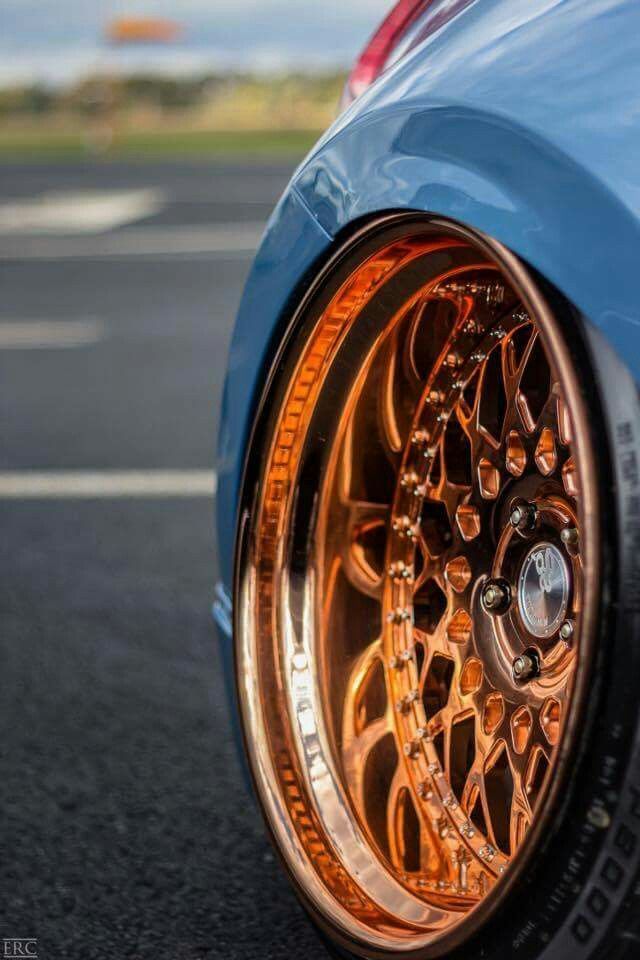 However, purchasing used or reconditioned rims can help bring this price down substantially.
However, purchasing used or reconditioned rims can help bring this price down substantially.
Just keep in mind, when you buy rims you also usually need new tires. To get a good feel for what the wheels you are looking for currently cost, go here to get a quick quote on INSTALLED wheels (with tires) from my recommended dealer.
In this article, we will dive deeper into the cost of rims, including why they’re so expensive and factors affecting the price. We will also cover the differences between new, used, and reconditioned rims, as well as the cost of installation and whether or not an alignment is necessary. Finally, we’ll take a closer look at the best places to buy rims.
As with most automotive parts and accessories, there is a wide price range for rims. This depends on several factors, which will be explained further a little later.
Here are the average new prices of different rim options for modern cars:
| Type of Rim | Price per Rim |
| Basic steel rims | $90-$100 |
| Aluminum alloy rims | $110-$130 |
| Painted finish rims (black/white) | $100-$280 |
| Bronze coated rims | $100-$300 |
| Chrome-plated rims | $150-$290 |
| Graphite coated rims | $124-$470 |
While these prices cover more common rim types, custom rims for luxury or sports cars can cost tens of thousands of dollars.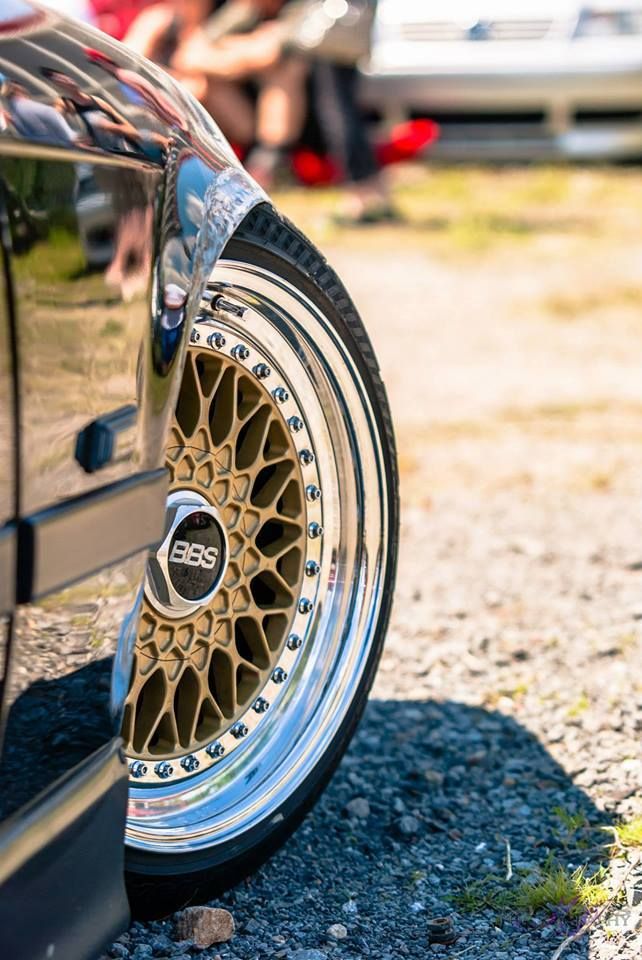 For example, a set of custom carbon wheels for a Lamborghini Aventador cost over $22,000. Prices also go up when working with older cars, as these rims will need to be specially ordered and made to fit the exact dimensions of the older vehicle.
For example, a set of custom carbon wheels for a Lamborghini Aventador cost over $22,000. Prices also go up when working with older cars, as these rims will need to be specially ordered and made to fit the exact dimensions of the older vehicle.
Any sort of custom artwork will add to the cost as well. Hydro Dipping has become popular for rims in recent years, as it allows a design to hug the curves of the wheel seamlessly. Creating a pattern or applying it to the rims can be quite labor-intensive, so Tire Buyer estimates you’ll likely pay around $75 to $80 per wheel.
However, if you’re feeling creative, you can try to DIY it. This YouTube video offers a step-by-step guide:
Even if you’re not looking to hydro dip or add a special finish to your rims, you’re still probably wondering why they’re so expensive.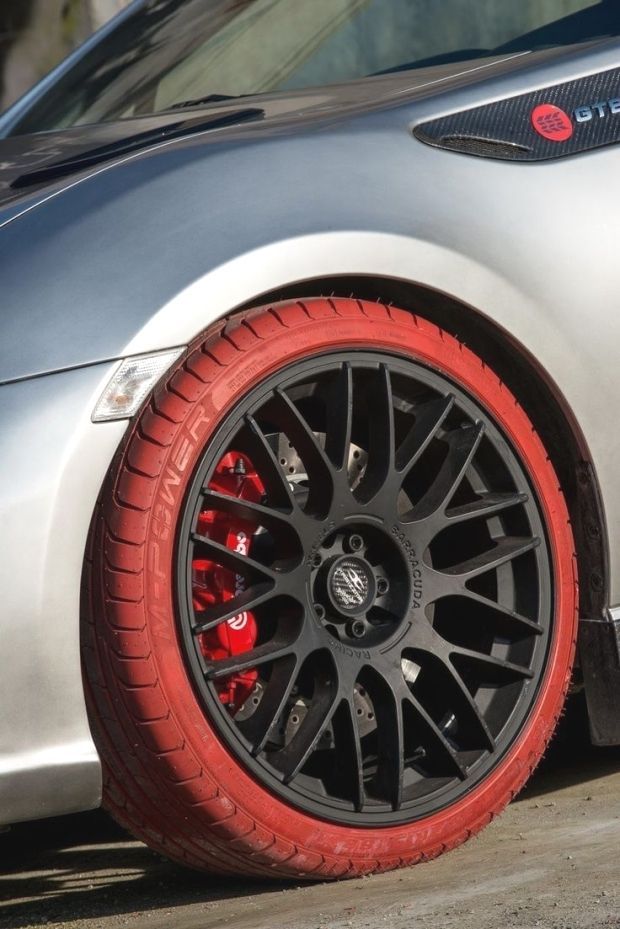 After all, even $100 a wheel adds up quickly.
After all, even $100 a wheel adds up quickly.
As previously mentioned, custom artwork and the age of your car are huge factors. Whether your wheels have to be custom-designed because you want to add in a logo or because your car is vintage, it will cost significantly more. Many other factors affect the cost of rims, including:
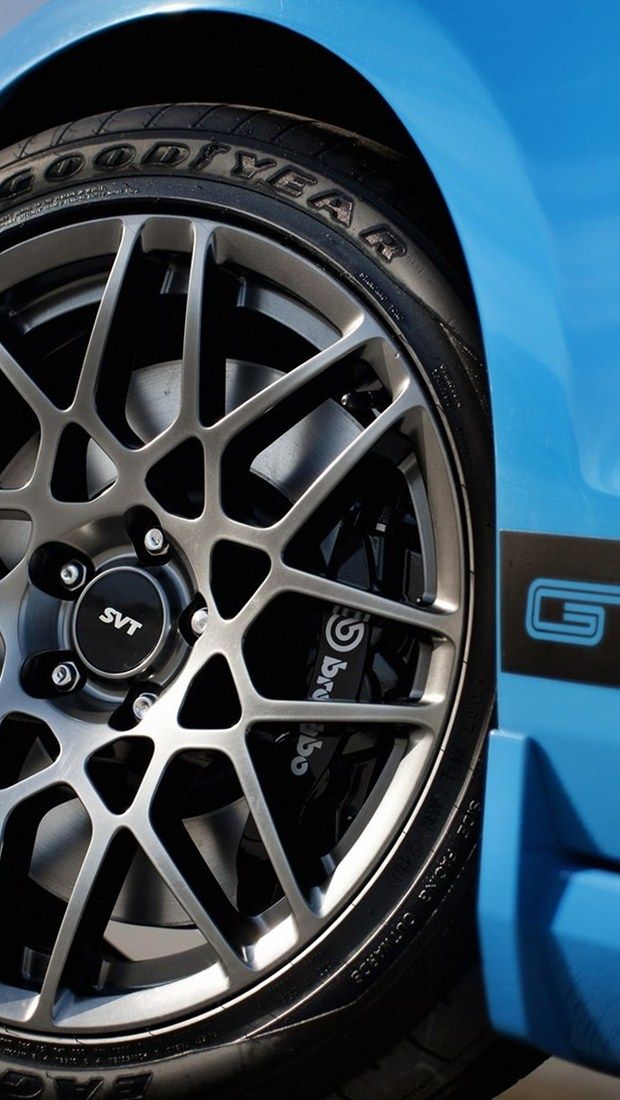
Changing your rims for larger, flashier options is definitely one of the cheapest ways to upgrade a vehicle. However, it’s important to move forward with caution, as Popular Mechanics summarizes that bigger is not always better. It’s crucial to make sure that larger rims won’t compromise the original engineering of the car.
Luckily, there is a sweet spot where cars can have upgraded, larger rims without any cause for concern. Most car experts recommend not increasing rim size by more than one to two inches (2.5 to 5.1 cm) than the original wheel size. According to Fremont Motors, while larger rims may look nice in the wheel, there still needs to be enough space for the suspension to work.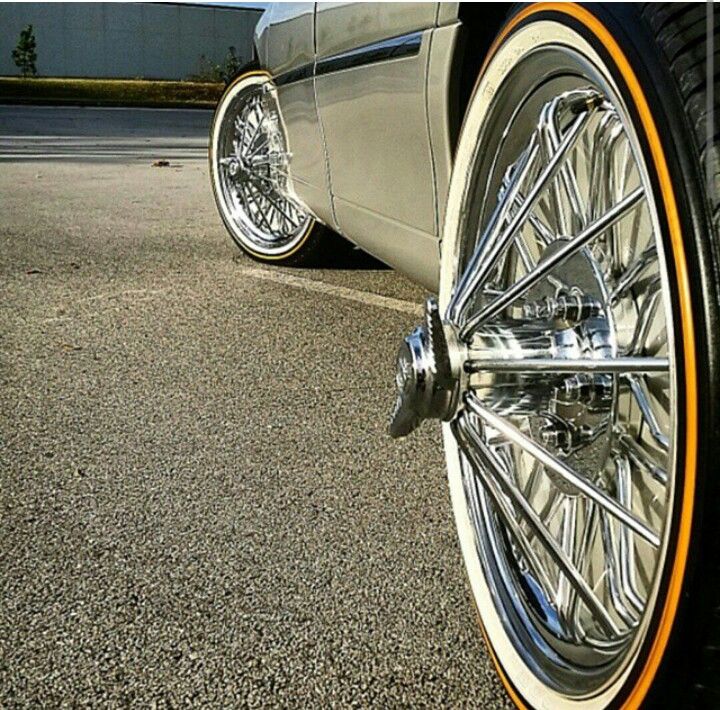
Keep in mind that bigger rims mean smaller tires. Shamrock Tires explains that, with larger rims, tire height will need to be reduced to safely clear bumps and other road hazards. While this is not necessarily a problem, you’ll want to keep this in mind if you do a lot of driving on rough terrain. According to Car and Driver, the thinner a tire is, the more likely it is to blow out on rough roads.
It can also be difficult to find tires to work with super large rims. The larger the rim size, the less likely manufacturers have the right tires to accompany them in stock. You’ll also find these tires get increasingly expensive as you go up in rim size. Of course, you can still choose to go with larger rims—just make sure to budget accordingly.
Buying used or reconditioned rims is definitely a more cost-effective option than purchasing new rims. Not buying anything new always requires a little more research to ensure that you’re getting the best value.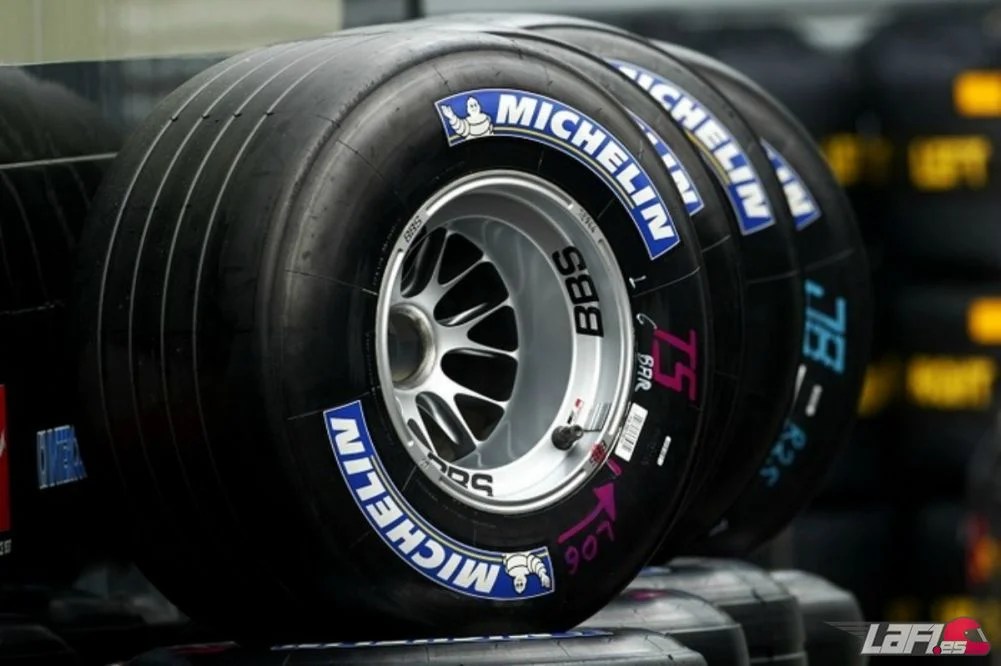 Let’s take a closer look at some of the pros and cons of different rim options:
Let’s take a closer look at some of the pros and cons of different rim options:
Regardless of what rims you choose, it’s important that you take good care of them.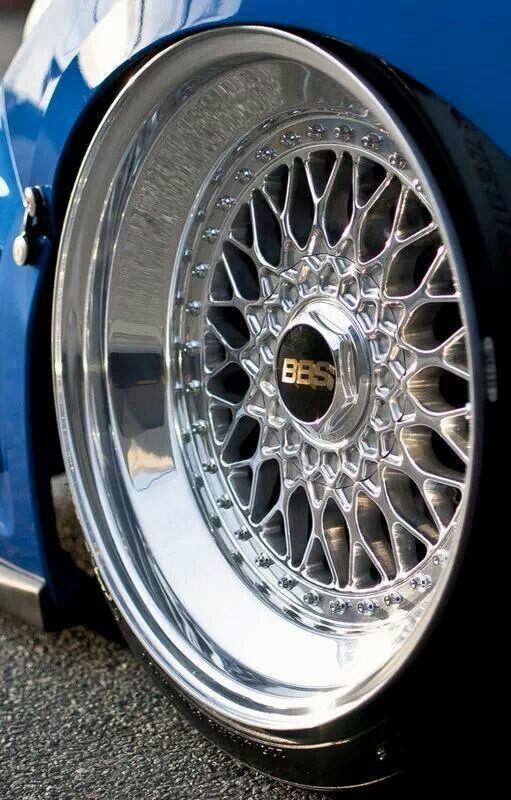 This Wheel Brush Kit from Amazon provides everything you’ll need to keep your rims sparkling easily.
This Wheel Brush Kit from Amazon provides everything you’ll need to keep your rims sparkling easily.
If you’ve purchased your own rims and are just paying for labor, you can expect around $20-$40 per rim for installation cost. Many shops will give you a discount if you purchase your tires or rims from them, but expect a mark up if you’re bringing in your own.
You can always install the rims yourself if you’re looking to save some money. This YouTube video explains the process clearly:
While you don’t technically need an alignment when you get new rims, it’s a really good idea to go ahead and do so. This is especially true if you also got new tires.
According to Firestone, an alignment will ensure that all your tires are angled correctly, which is important to prevent unnecessary wear and tear on your vehicle. Investing in an alignment can ultimately help you get more miles out of your wheels and tires, so it’s likely worth the price.
As mentioned before, your two main options when purchasing rims are directly from the manufacturer or aftermarket. Purchasing directly from the manufacturer comes with certain guarantees but can lead to much higher prices. Buying aftermarket from several reputable dealers offers greater discounts and a wider variety of styles and customizations.
However, one important piece of advice is to never buy rims directly from a car dealership. When purchasing a new car, salespeople will often try to push you into upgraded rims. You can get the same rims for much cheaper shopping aftermarket or even directly from the manufacturer.
You can buy nearly everything online these days, so why should rims be any different? Buying rims online is entirely safe, provided you do your research.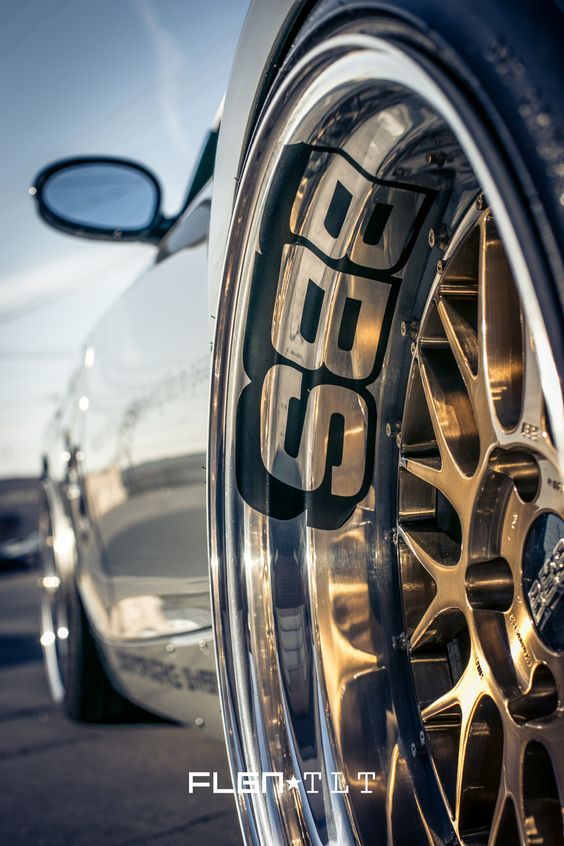 Take the time to look for both reviews on the company you’re purchasing from and prices of the same rims from similar retailers so you can guarantee you’re getting a fair price.
Take the time to look for both reviews on the company you’re purchasing from and prices of the same rims from similar retailers so you can guarantee you’re getting a fair price.
If you’re buying used or reconditioned rims, make sure to see photos of the exact rims you’re buying instead of an example. This gives you a chance to ensure that all damages are merely cosmetic.
One of the better places to shop online is at discounted wheel warehouse. I often use their site to find prices and recommend replacement rims to customers. They have a huge selection and really good prices. And no, I am not affiliated with them.
An interesting or unique set of rims can do a lot to make a car stand out. A number of factors contribute to rims’ relatively high cost. You’ll pay extra for special designs and sizes, as well as for rims for old or rare cars. Rims serve an important purpose for your vehicle, so it’s worth it to invest not only in the rims but also in installation and alignment from a reputable company.
For more, don’t miss How Much Does a Pearl Paint Job Cost? | Expect to Pay This.
Jim James
Hey, I’m Jim and the author of this website. I have always been interested in survival, fishing, camping, and anything in nature. In fact, while growing up I spent more time on the water than on land! I am also a best-selling author and have a degree in History, Anthropology, and Music. I hope you find value in the articles on this website. Feel free to contact me if you have any questions or input!
Please share!
0 shares
In spring and autumn, drivers are faced with the choice of what is preferable - to have a set of tires and rims for each season (summer tires + rims and winter tires + rims) or have only one set of rims and re-bead every six months? In this article I want to consider the pros and cons of both options.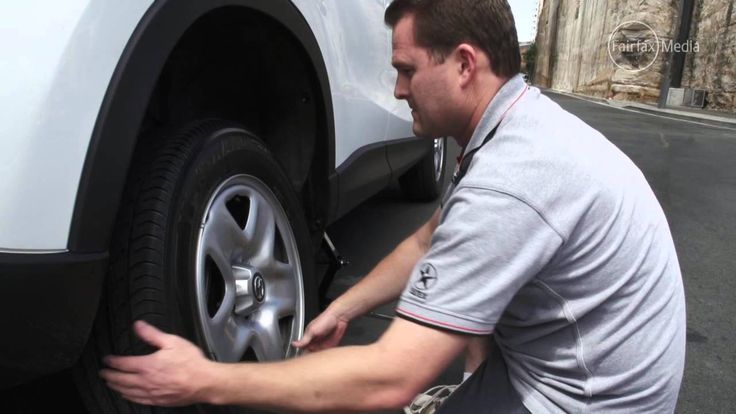
At the beginning of my driving career, I often heard that: “Tires deteriorate quickly when they are frequently beaded!” At first I believed. Then I thought about whether the words of “garage uncle Vasya”, uttered by him fifty years ago, are still relevant now?
Indeed, 50…70 years ago rubber was beaded with crowbars, sledgehammers and tire irons. Manually. I saw how drivers did it on their Zhiguli, Muscovites, Volga, etc. But the rubber itself then was not at all the same as now. I remember it was divided into "Moskvichevskaya", "Zhigulevskaya", "Volgovskaya". Of course, with such a cave method of overboarding, both rubber and disks deteriorated.
Now everything has changed dramatically! The quality, elasticity and design of the tires are completely different! And the equipment of tire shops is also qualitatively different. Given that you need to bead a set of tires only once every six months, then in order to cause at least some slightest harm to the tire, you will have to “spoil it” for fifty years.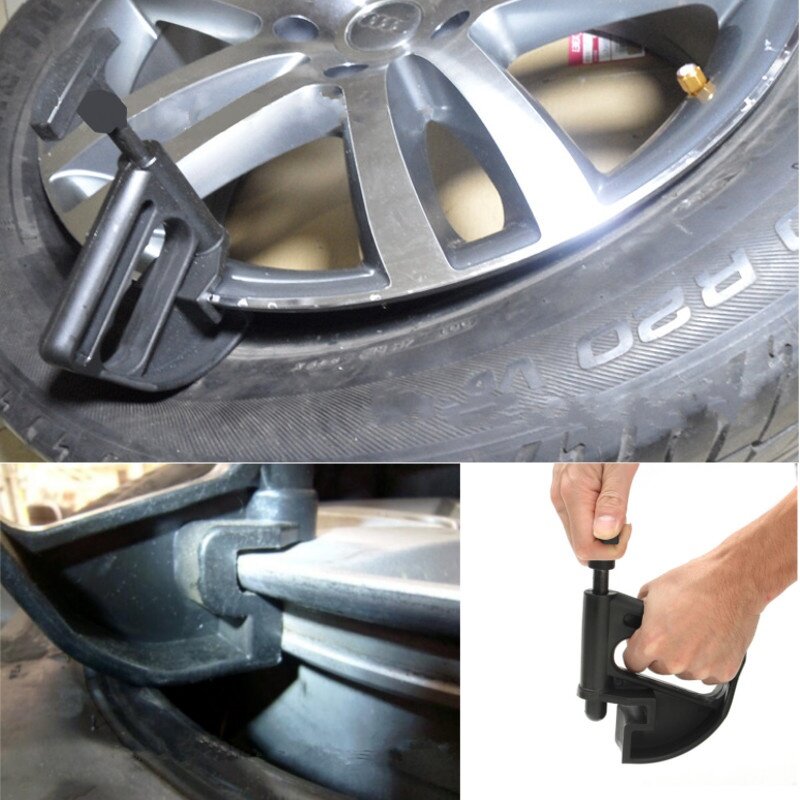 And even more. Yes, during this period she will fall apart from old age, even if she does not ride at all!
And even more. Yes, during this period she will fall apart from old age, even if she does not ride at all!
I also thought about such a thing. What rubber suffers more (receives more shock, compression and stretching)? From pits, potholes, rails and other delights of our roads? From daily killing for many kilometers, and even at speeds of 60 ... 100, or even higher?
Or from overboarding every six months on modern equipment? Try to estimate the loads from hitting the edge of the pit at a speed of 90 km / h, when the disk simply bends or breaks.
I have never seen discs bent from overbeading on quality equipment in the hands of a skilled craftsman. Yes, this can not be in principle! It is clear that the possible damage from “torture on the road” for rubber cannot be compared with a high-quality overboard once every six months.

That is, a set (tires + wheels) for summer and a complete set for winter. I practiced this option in the years when I drove VAZ cars (2106 and 21083). The prices for domestic tires and wheels were relatively low, and I could store the second set on my balcony. He put the tires in a corner in a flat stack. I put a square board on top, covered it with an old tablecloth, and it turned out to be an excellent table for flowers or something.
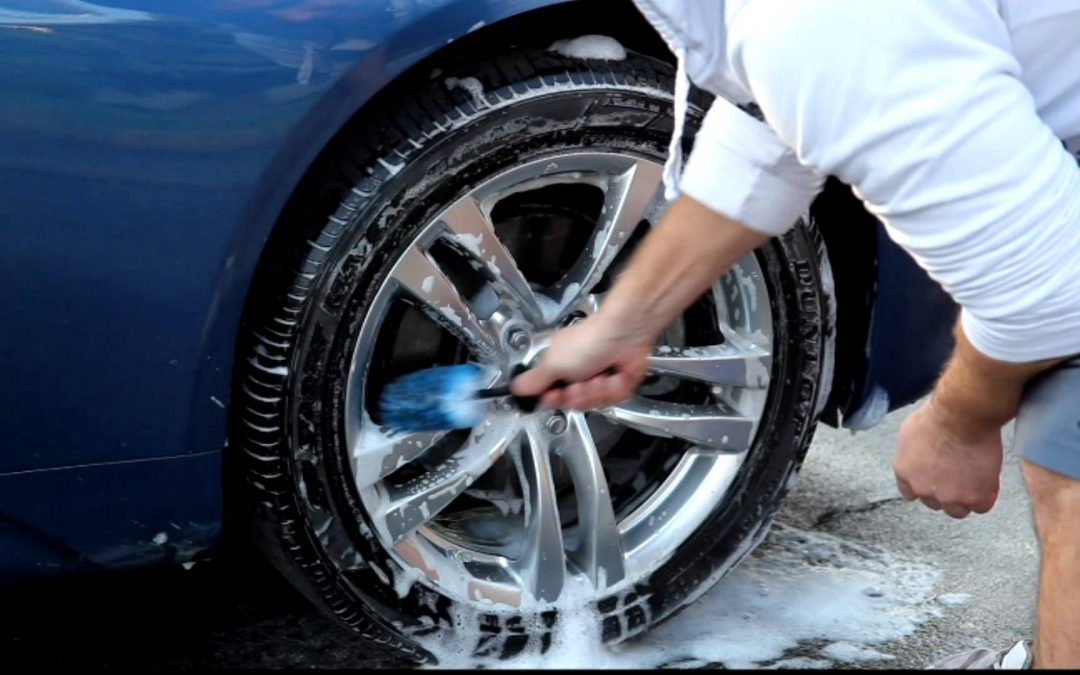
I began to practice this option after I moved to foreign cars. I switched to this method not only because of the sharply increased cost of disks. However, they are larger in size. And I began to buy better tires for them, from the top three brands according to the test results.

In general, both options are worth using. Given the pros and cons, everyone can choose any method of seasonal tire replacement.
Which option did you choose? And why?
How do you know when tires are completely worn out and it's time to change them? Everything is simple. For summer tires, the limit is 1.6 mm of residual tread depth, and for winter (or all-season tires used in winter) - 4 mm. Modern summer tires can cover from 40,000 to 70,000 km, depending on driving style and vehicle characteristics. An average motorist rolls such a mileage on summer tires in 2-3 seasons. Moreover, wear implies not only a decrease in tread depth. Over millions of deformation cycles, the strength of the carcass and its adhesion to the layers of the rubber compound are violated. In short, every 2-3 years you should buy a new set of tires.
For summer tires, the limit is 1.6 mm of residual tread depth, and for winter (or all-season tires used in winter) - 4 mm. Modern summer tires can cover from 40,000 to 70,000 km, depending on driving style and vehicle characteristics. An average motorist rolls such a mileage on summer tires in 2-3 seasons. Moreover, wear implies not only a decrease in tread depth. Over millions of deformation cycles, the strength of the carcass and its adhesion to the layers of the rubber compound are violated. In short, every 2-3 years you should buy a new set of tires.
In case of irreparable damage to one of the tires and a relatively high total mileage of the kit, it is also worth considering replacing it. Well, or about buying at least a pair of new tires, which, for any type of drive, should be installed on the front axle. We put two tires back - the most decent of the remaining ones.
Many motorists drive only a few thousand kilometers a year. This does not mean that the tires will serve you for several decades. According to Russian requirements (GOST 4754-97), the service life of passenger car tires is 5 years from the date of manufacture. And for example, Continental recommends that all car tires (including the spare tire) older than 10 years old should be replaced with new ones. Therefore, with small runs, you can navigate for ten years. The date of manufacture of the tire is indicated on the sidewall. Usually it is an oval with four numbers. The first two are the ordinal number of the week in the year, the last two indicate the year.
This does not mean that the tires will serve you for several decades. According to Russian requirements (GOST 4754-97), the service life of passenger car tires is 5 years from the date of manufacture. And for example, Continental recommends that all car tires (including the spare tire) older than 10 years old should be replaced with new ones. Therefore, with small runs, you can navigate for ten years. The date of manufacture of the tire is indicated on the sidewall. Usually it is an oval with four numbers. The first two are the ordinal number of the week in the year, the last two indicate the year.
Related materials
How to change the car yourself - detailed instructions
Tires should be rotated periodically in accordance with the vehicle manufacturer's recommendations - information on this can be found in the owner's manual.
We can advise you to use the tires carefully and, most importantly, to store them correctly in the off-season. First of all, during storage, it is important to exclude direct sunlight from hitting the tires, which greatly age the rubber. Tires without rims should be placed vertically, and stacked on rims.
First of all, during storage, it is important to exclude direct sunlight from hitting the tires, which greatly age the rubber. Tires without rims should be placed vertically, and stacked on rims.
And before installing tires on a car at the beginning of the season, evaluate their condition. There should be no cracks in the tread and sidewalls. The tire should not be dry, it should remain rubbery and not look like baked plastic.
Related materials
Driving on badly worn tires - will I be fined or not?
Winter tires have a much shorter "life". They almost always fail due to the wear of the treadmill, because the tread of a new tire is 7–8 mm, and only 3–4 mm remain working height. If the tires are studded, then with such wear there are very few metal elements left, and the tire will not provide adequate safety when driving on a winter road. However, not only spikes, but also Velcro, with such a degree of wear, also lose most of their capabilities.